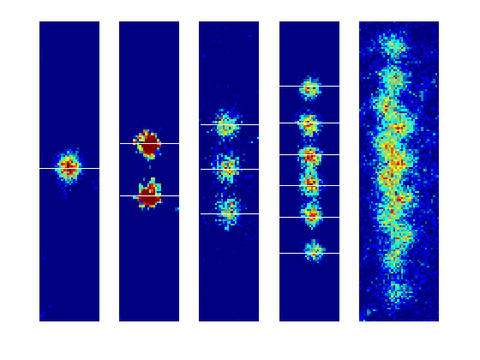FY08: Enabling Innovation Through Quantum Science
Challenge

NIST scientists are world leaders in the emerging field of quantum science, which seeks to exploit the unusual properties of the quantum world to produce powerful new technologies and scientific discoveries. Three NIST scientists have won Nobel Prizes in the last 10 years based on their work in the field. Many of the best minds in physics today believe that applications of quantum science will transform the 21st century just as integrated circuits and classical electronics transformed the 20th century.
Proposed NIST Program
Several of the projects proposed under this initiative will be in collaboration with the Joint Quantum Institute established in FY 2006 by NIST, the University of Maryland, and the National Security Agency. NIST proposes to accelerate the potential of the quantum world for enhancing our nation's competitiveness through research into:
- Quantum "wires" that use "teleportation" techniques to reliably transport information between the components of a simple quantum computer based on manipulation of atoms, other elementary particles, or solid-state quantum devices;
- Quantum memory analogous to the random access memory of today's computers to allow more complex logic operations;
- Quantum conversion processes that transfer information from one form of quantum information to another (for example, ways to transfer information about the quantum characteristics of an atom to a photon) just as today's input/output devices transfer electronic information from computers into light signals that can travel over the fiber optic communications lines connecting the Internet; and
- Quantum based measurement tools such as optical clocks and single electron counters.
Expected Impacts
Successful achievement of NIST goals in quantum science is expected to pave the way for:
- Development of powerful quantum computers capable of solving certain types of complex problems that are impossible or prohibitively costly to solve with today's technologies;
- "Unbreakable" encryption of electronic communications to enhance security of national security, financial, and market transactions; and
- New quantum-based methods that provide unprecedented accuracy and precision for determining the length of a second, as well as minute differences in temperature, light intensity, electrical charge, and mass.

